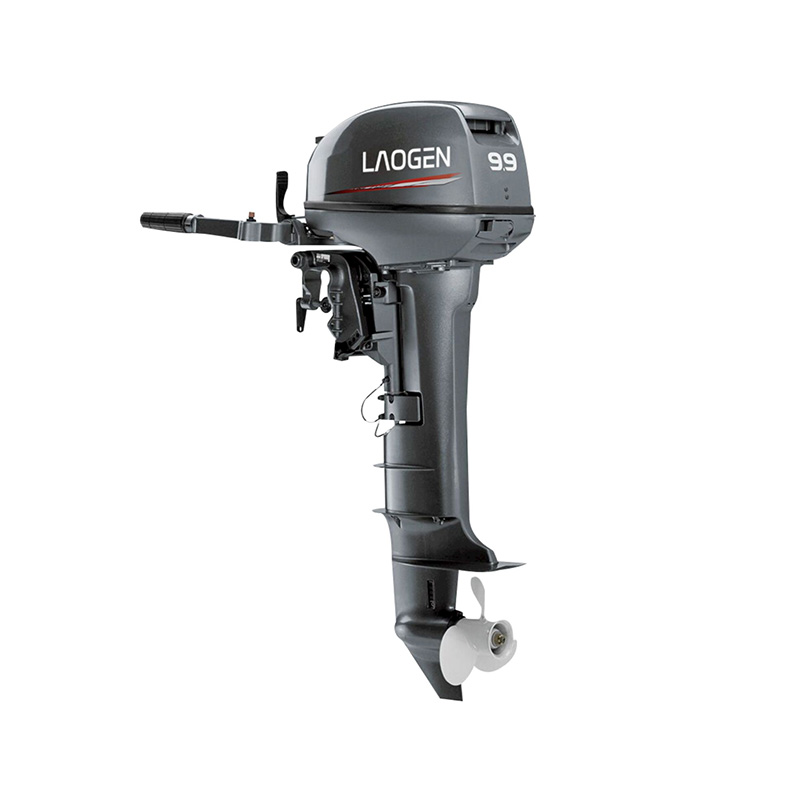Navigating The Waters: Exploring Two-Stroke Outboard Engines And 4-Stroke Boat Motors
The choice between a two-stroke outboard engine and an outboard 4-stroke boat motor is a pivotal decision that directly impacts the performance, efficiency, and overall experience on the water. Each technology comes with its unique characteristics, advantages, and considerations. In this exploration, we delve into the features and applications of these two marine powerhouses, shedding light on their respective merits and how they cater to the diverse needs of boaters and marine enthusiasts.
Two-Stroke Outboard Engine:
The two-stroke outboard engine has long been a stalwart in the marine industry, known for its simplicity, lightweight design, and powerful performance. This type of engine operates on a two-stroke cycle, completing a power cycle with every revolution of the crankshaft. This results in a power stroke for every two strokes of the piston, providing a more frequent power delivery compared to its 4-stroke counterpart.
One of the key advantages of a two-stroke outboard engine is its power-to-weight ratio. The design simplicity allows for a lightweight construction, making it an ideal choice for smaller boats and applications where weight is a critical factor. The inherent power delivery characteristics of the two-stroke engine also contribute to its ability to provide a quick acceleration, making it suitable for activities like water sports.
However, it's important to note that two-stroke engines traditionally have a higher fuel consumption compared to 4-stroke engines. The lubricating oil needs to be mixed with the fuel, and some of it is inevitably burned during combustion. This aspect is a consideration for boaters who prioritize fuel efficiency and environmental impact.
4-Stroke Boat Motor:
The 4-stroke boat motor, on the other hand, represents a more sophisticated and fuel-efficient technology. In a 4-stroke engine, each power cycle requires four strokes of the piston – intake, compression, power, and exhaust. This design results in a more controlled combustion process and a more efficient use of fuel.
Fuel efficiency is a notable advantage of 4-stroke boat motors. The separate lubrication system eliminates the need to mix oil with the fuel, reducing oil consumption and resulting in a cleaner combustion process. This efficiency translates to fewer emissions and a more environmentally friendly operation.
Additionally, 4-stroke boat motors are known for their smoother and quieter operation. The combustion process is inherently more controlled, pilot to reduced noise and vibration. This feature enhances the overall boating experience, providing a quieter and more enjoyable ride, especially during extended journeys.
However, it's essential to acknowledge that 4-stroke boat motors typically have a higher initial cost compared to two-stroke engines. The added complexity of the engine design, with components like an overhead camshaft and additional valves, contributes to the higher upfront investment.
Considerations for Boaters:
When choosing between a two-stroke outboard engine and a 4-stroke boat motor, boaters need to weigh their priorities and preferences. Factors such as boat size, usage patterns, fuel efficiency goals, and budget considerations play a crucial role in the decision-making process.
For boaters seeking a lightweight and powerful solution for activities like water sports, the two-stroke outboard engine may be the preferred choice. Its quick acceleration and simplicity make it well-suited for these applications.
On the other hand, boaters with a focus on fuel efficiency, quieter operation, and a smoother ride may find the 4-stroke boat motor to be a compelling option. While the initial investment may be higher, the long-term benefits in terms of fuel savings and environmental impact may justify the cost.
In conclusion, the choice between a two-stroke outboard engine and a 4-stroke boat motor is a nuanced decision that depends on individual preferences and specific boating needs. Both technologies have their merits, and advancements in engine design continue to refine their performance characteristics. Boaters are encouraged to carefully assess their priorities and explore the features of each option to make an informed decision that enhances their on-water experience.


 English
English русский
русский











